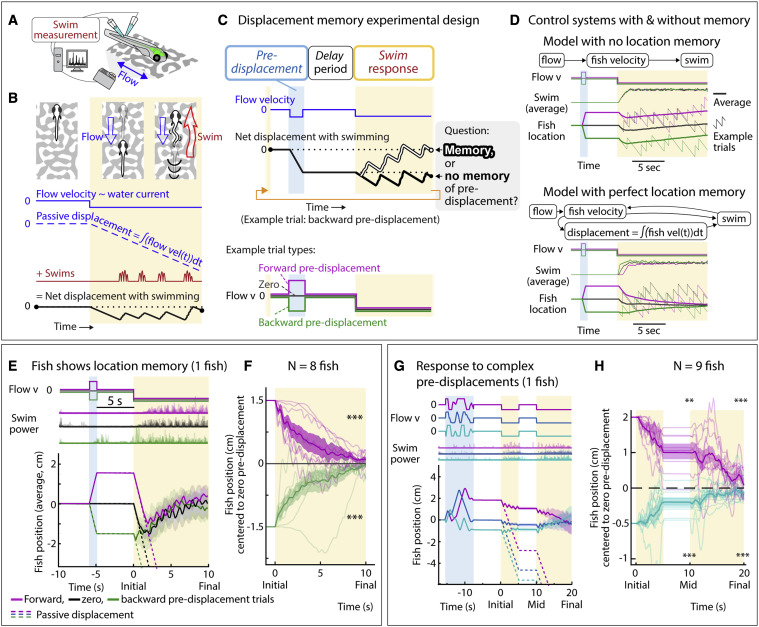Fig. 1 Larval zebrafish track their spatial location and correct for unintended displacements
(A) Experimental setup: larval zebrafish fictively swimming in a virtual reality environment.
(B) Fish swim in response to virtual flow so that their net displacement is smaller than the passive displacement. Dashed lines show passive displacements here and in later figures.
(C) Experimental design: fish undergo one of various forced trajectories (blue pre-displacement period). After a delay period (white), they can correct for the pre-displacement by swimming the correct amount against a virtual flow in ?closed loop? (yellow swim period).
(D) Simulated fish behavior showing two classes of outcomes. If average trajectories during forward versus backward pre-displacements converge during the swim period, it implies fish have memory of self-location.
(E) Example fish behavior in pre-displacement experiment. Average trajectories for the three trial types approximately converge at ?5 s, showing that this fish has memory of pre-displacement. (Shaded regions, SEM in all panels.)
(F) Trajectories (8 fish) normalized and centered to zero pre-displacement trajectory converge at ?10 s, indicating accurate memory of previous location shift. (One-sample t test for final positions, ???p < 0.001, p = 7.3e?8 for backward pre-displacement, specified mean = ?1; p = 6.3e?7 for forward pre-displacement, specified mean = 1.)
(G) Assay to test integration during stochastic pre-displacements and to examine corrections made over two swim periods separated by a delay. This example fish successfully corrects for stochastic pre-displacements; correction continues across two swim periods.
(H) Population data showing accurate correction distributed over both swim periods, i.e., 1D path integration of complex trajectories. (One-sample t test, ??p < 0.01, p = 0.0023 for forward pre-displacements at mid time point, ???p < 0.001, p = 2.5e?5 for backward pre-displacements at mid time point. p = 2.1e?7 for forward pre-displacement at final time point, p = 5.8e?8 for backward pre-displacement at final time point. Data shown centered to average of trajectories that integrate to zero.).
Reprinted from Cell, 185, Yang, E., Zwart, M.F., James, B., Rubinov, M., Wei, Z., Narayan, S., Vladimirov, N., Mensh, B.D., Fitzgerald, J.E., Ahrens, M.B., A brainstem integrator for self-location memory and positional homeostasis in zebrafish, 50115027.e205011-5027.e20, Copyright (2022) with permission from Elsevier. Full text @ Cell

